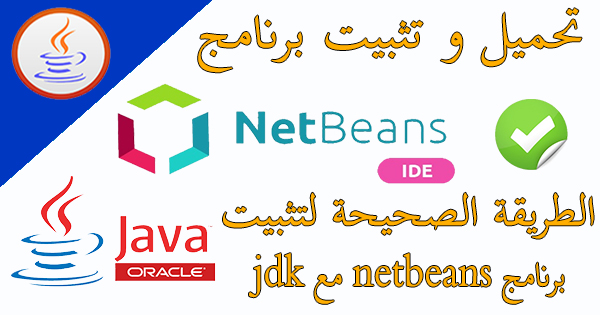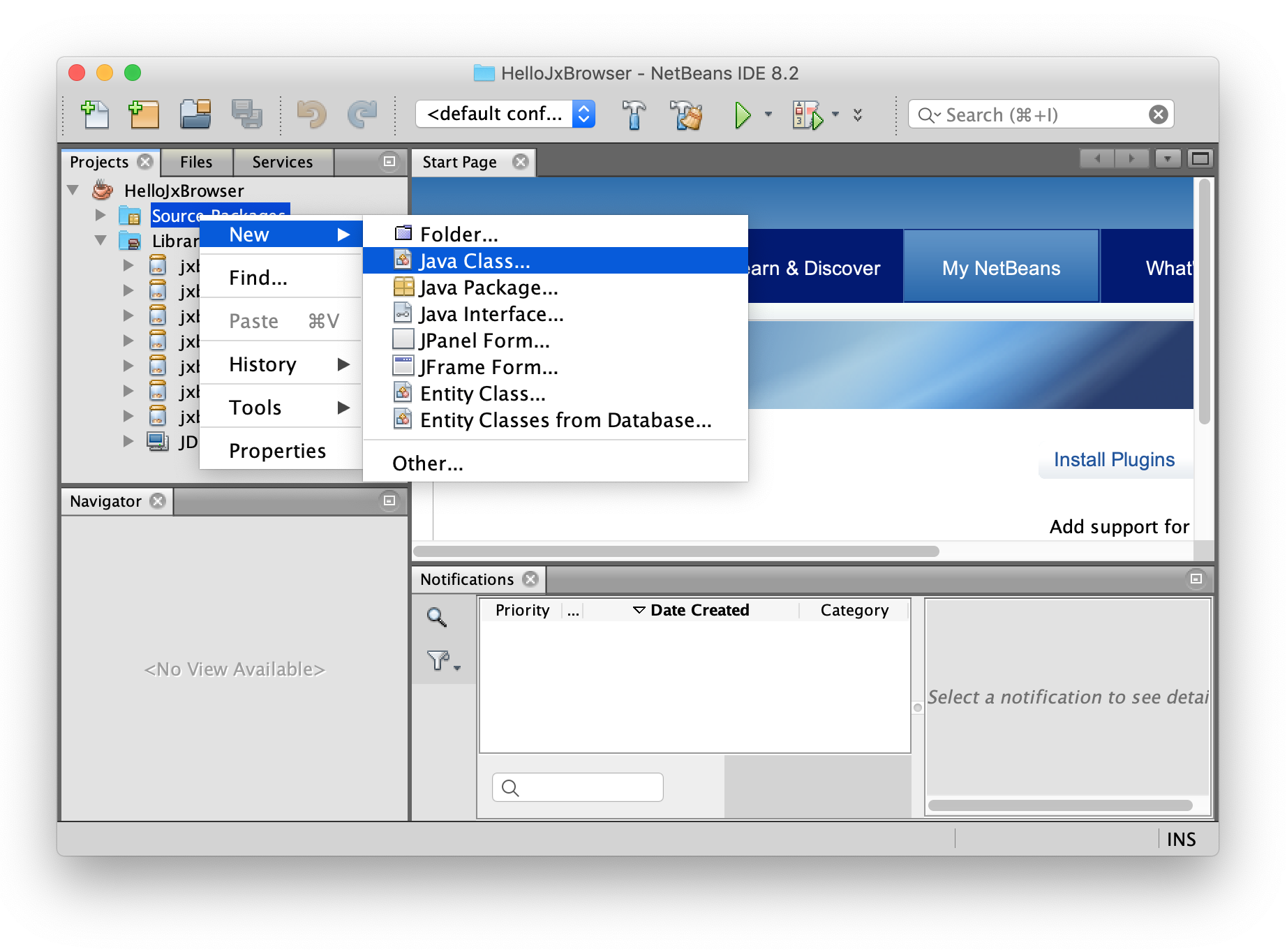
- CONFIGURE NETBEANS JDK HOW TO
- CONFIGURE NETBEANS JDK CODE
- CONFIGURE NETBEANS JDK DOWNLOAD
- CONFIGURE NETBEANS JDK MAC
You can open up a new terminal and check the Maven version, ( mvn -version) and you will find it is pointing to the Java 8 this time. This is the line you need to add in the ~/.profile file: This way whenever your terminal is loading it will take up the value you defined in the JAVA_HOME by default. Note: Note that the Java TM SE Development Kit (JDK) 5. To avoid this I would suggest adding the JAVA_HOME variable in the ~/.profile file. Open the nf file in a text editor and edit the netbeansjdkhome option. The problem with this is if you check the maven version again in the new terminal, you will find that it is pointing to the Java 13. Now if we check the maven version, we can see that it is pointing to Java 8 now.
CONFIGURE NETBEANS JDK HOW TO
In this tutorial, we will learn how to install Netbeans IDE on Windows 10.
CONFIGURE NETBEANS JDK DOWNLOAD
To change the Java version of the maven, we need to add the Java 8 home path to the JAVA_HOME env variable.Įxport JAVA_HOME=/Library/Java/JavaVirtualMachines/adoptopenjdk-8.jdk/Contents/Home This Video tells you how to download Netbeans 11 IDE for Windows 10. I downgraded to Open JDK 11 via SDKMan, but it also didnt work. However, after installation NetBeans didnt start. Then I ran this installation script, which the Apache NetBeans docs refer to. usr/local/Cellar/openjdk/13.0.2+8_2/libexec/openjdk.jdk/Contents/Home Im trying to install NetBeans on macOS Mojave - I want to work with the Matisse GUI builder. Also, you can see the Java Home path under the key runtime, which is:

The next step now would be to find which Java Home directory maven is pointing to.
CONFIGURE NETBEANS JDK MAC
If you have installed Java through brew in Mac then chances are you will find your Java Home Directory here: /Library/Java/JavaVirtualMachines/adoptopenjdk-8.jdk/Contents/Home If your developpers just add (and customize) the following lines in their settings.xml, your pom will be platform independant : Let's say your JAVA_HOME points to JDK7 (which will run maven processes) Thanks for reading!! if you have any question please ask in a commnet.Seems that maven now gives a solution here : Compiling Sources Using A Different JDK If it’s properly set, /usr/lib/jvm/java-14-oracle would be displayed on the terminal. Step 7: Check whether JAVA_HOME is properly set with following command: echo $JAVA_HOME.

Step 6 : Type the following command: source /etc/environment Stpe 5: Insert the following lines at the end of the “profile” file JAVA_HOME=/usr/lib/jvm/java-7-oracle If it’s JDK 14 the java path would be something similar to /usr/lib/jvm/java-14-oracle Step 4: you will see something like followig Sudo gedit /etc/profile step 3: find the path /usr/lib/jvm inside the file Find the java path in /usr/lib/jvm. Open a terminal Open “profile” file using following command: Install OpenJDK 14 using following command sudo apt install openjdk-14-jdk Step 2 : Setting the path In this tutorial we are going to see How to setup java path in ubuntu Setting up of JAVA_HOME path is quite easy. Whether you are a newbie developer looking forward to learning development or perhaps an application you have installed requires you to have Java installed on your system, we have you covered.

For example, you use JDK 7, but build/develop for Java 6. The IDE displays the Add Java Platform dialog box. In the Select Platform Type of the Add Java Platform wizard, select Remote Java Standard Edition and click Next.
CONFIGURE NETBEANS JDK CODE
Note: To enable Java preview features, see How can I use VS Code with new Java versions. It will open a new view guiding you to download JDKs.

For development purposes, most IDEs like Eclipse and NetBeans require Java Development Kit (JDK) installed on the machine. You can also change the source/binary format (version) which Netbeans is expecting to use. The Java Platform Manager dialog box displays. If you want to download a new JDK, you can click the download link, or trigger the command Java: Install New JDK in Command Palette (P (Windows, Linux Ctrl+Shift+P)). A large number of Java-based programs require Java Runtime Environment (JRE) to run smoothly regardless of operating systems.


 0 kommentar(er)
0 kommentar(er)
